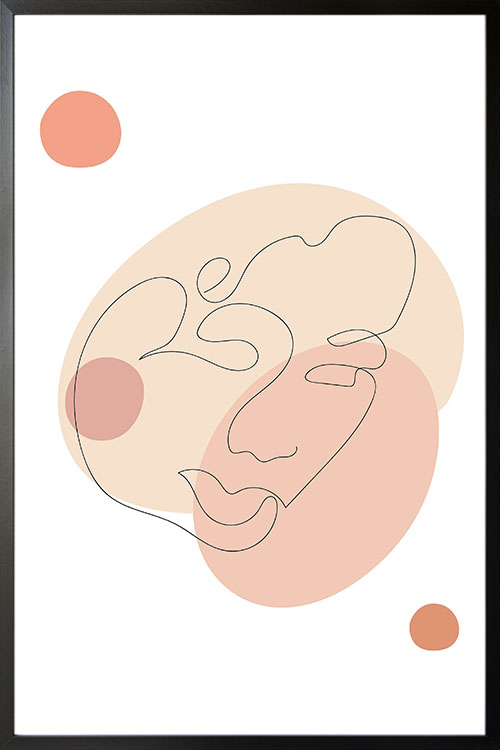
A minimalist abstract design of shapes and human face. Bring a trendy poster design into your rooms with a beautifully designed poster. This features a line art of the human face along with spherical shapes. A minimalist art that is perfect to any room interior. Add a wonderful accent to your walls with this poster design and set the mood.
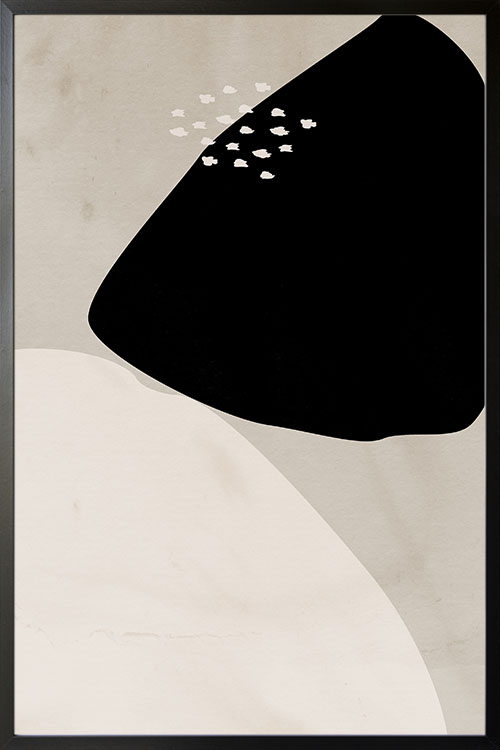
A simple abstract images of shapes in neutral colors. A poster design that features circular shapes in neutral colors. This will be a great addition to your walls if you want it to have a wonderful accent. The plain colors added are perfect for toning down the appearance of your interior. A poster with abstract art is just what you need for a cool yet fun room atmosphere.
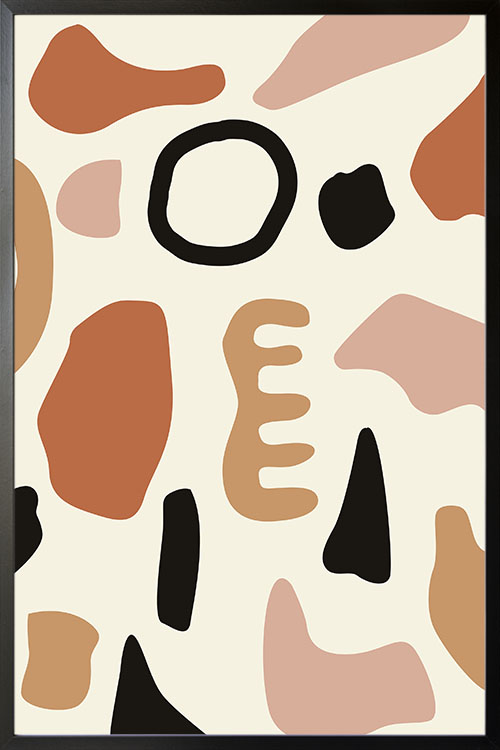
Attractive abstract poster design that features various shapes. A trendy and stylish poster art design that features different shapes in abstract form. This will be a wonderful addition to your walls as it offers a fun and exciting room atmosphere. Created in white background, the shapes and their colors are fully emphasized.
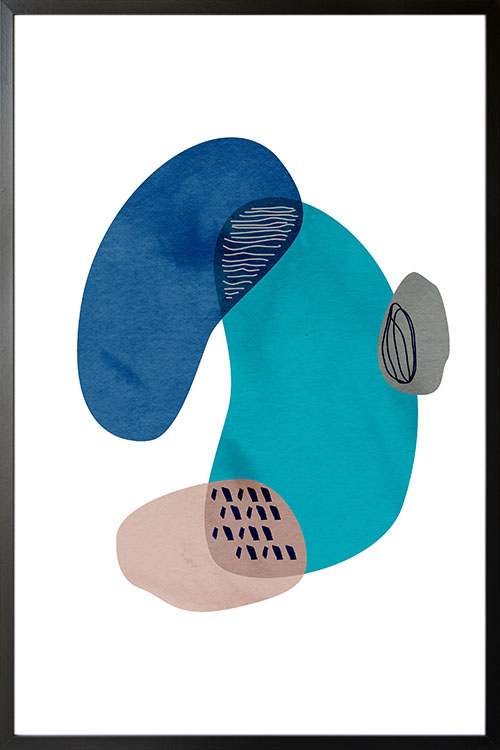
Various shapes in different shades of blue and light background. Make a difference to your wall with a poster filled with shapes in abstract form. The images of the shapes evoke a calming atmosphere with the cool tones of blue. This poster design is perfect in the living room and bedroom where you can enjoy a relaxing day with your loved ones.
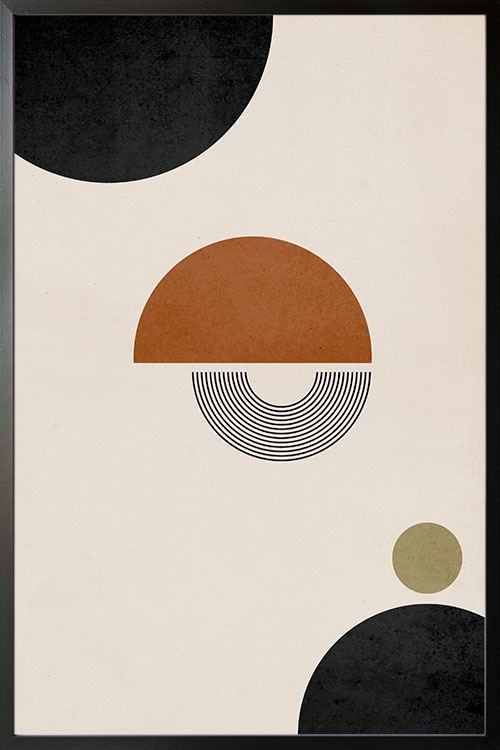
Lines and shapes in Boho art. The display of this art can easily add texture to your walls. Display this art along with the other posters and give your room a blast that will captivate the hearts of your family and guests.
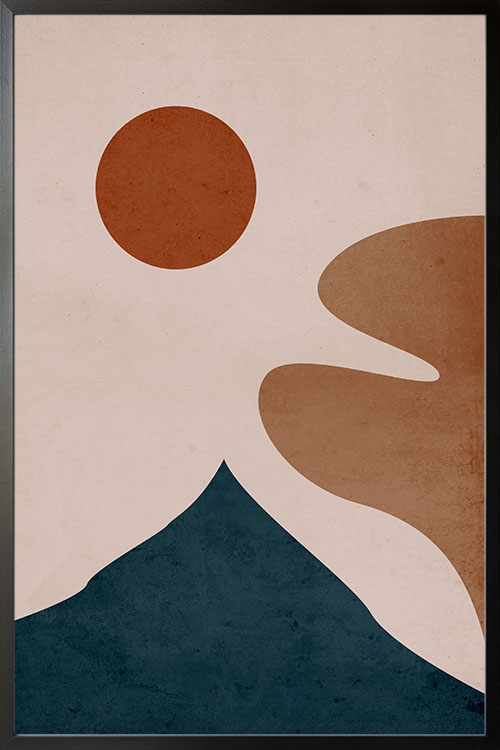
Beautiful and colorful poster design that will make your room look fun and exciting. This combination of colors can easily give your walls the boost they need. Say goodbye to dull and boring walls as this poster will make a remarkable transformation. Create a wall art with prints of shapes and colors and impress your friends and guests.
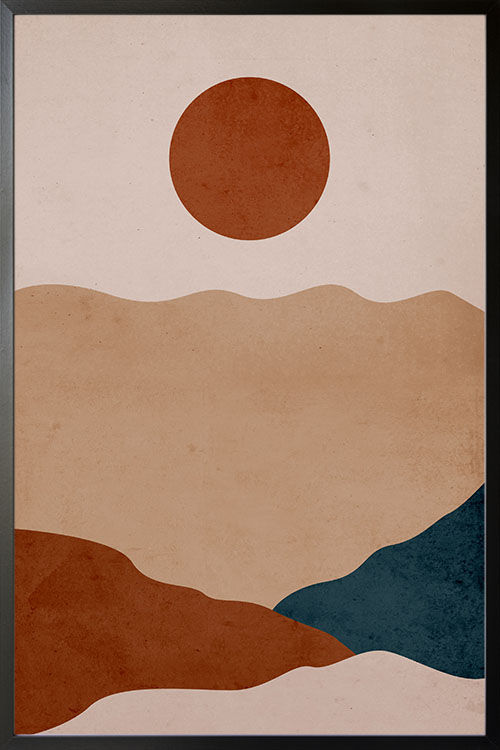
Beautiful and colorful poster design that will make your room look fun and exciting. This combination of colors can easily give your walls the boost they need. Say goodbye to dull and boring walls as this poster will make a remarkable transformation. Create a wall art with prints of shapes and colors and impress your friends and guests.
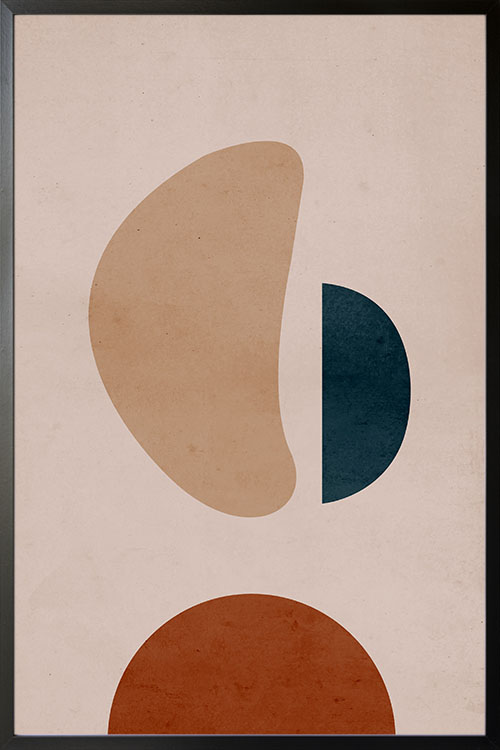
Beautiful and colorful poster design that will make your room look fun and exciting. This combination of colors can easily give your walls the boost they need. Say goodbye to dull and boring walls as this poster will make a remarkable transformation. Create a wall art with prints of shapes and colors and impress your friends and guests.
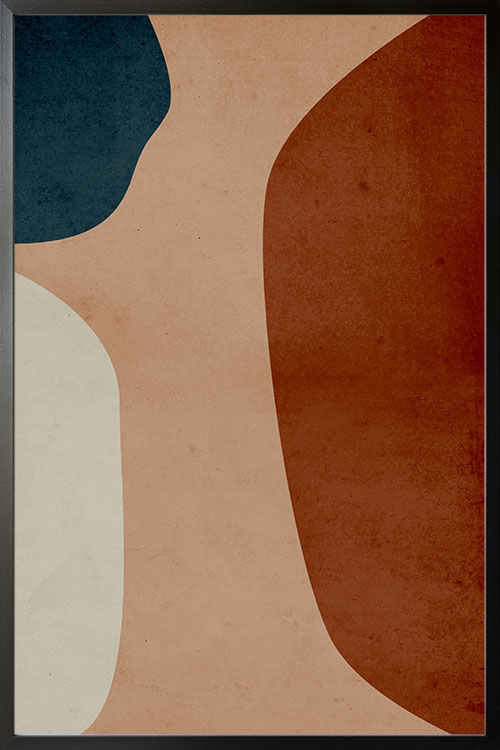
Beautiful and colorful poster design that will make your room look fun and exciting. This combination of colors can easily give your walls the boost they need. Say goodbye to dull and boring walls as this poster will make a remarkable transformation. Create a wall art with prints of shapes and colors and impress your friends and guests.
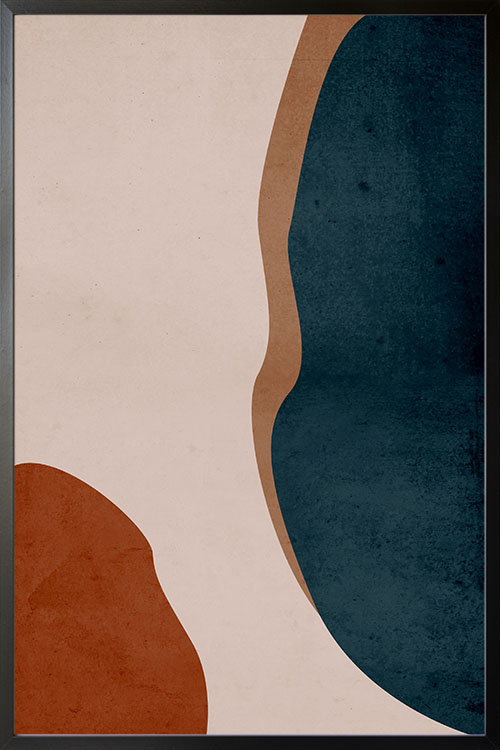
Beautiful and colorful poster design that will make your room look fun and exciting. This combination of colors can easily give your walls the boost they need. Say goodbye to dull and boring walls as this poster will make a remarkable transformation. Create a wall art with prints of shapes and colors and impress your friends and guests.














